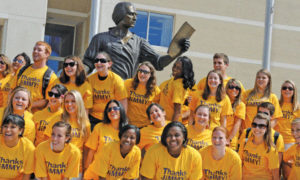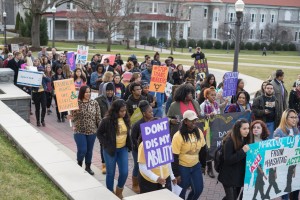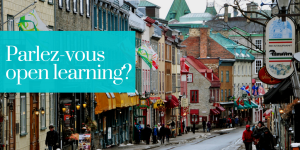When I first came to JMU, I entered a new phase of life: new job as a dual professor-administrator, mother to a new baby (my second), and a new decade (I turned forty soon after I arrived). A few months in, a colleague gave me a copy of Mary Catherine Bateson’s Composing a Life. I think she knew how much I would appreciate Bateson’s topic:
“This book is about life as an improvisatory art, about the ways we combine familiar and unfamiliar components in response to new situations, following an underlying grammar and an evolving aesthetic.”
In the decade since, I have changed administrative roles twice, completed a variety of big-multi-year projects, and turned fifty. I picked Bateson’s book up again this spring. It Continue reading





